Uncovering the 5 Subspecies of the Alexandrine Parakeet (Psittacula eupatria)
The Alexandrine parakeet (Psittacula eupatria) is a large, vibrantly colored parrot native to South and Southeast Asia. With its long tail feathers and rose-colored nape, the Alexandrine parakeet is one of the most visually striking members of the parakeet family.
But did you know there are actually 5 recognized subspecies of Alexandrine parakeets, each with distinct plumage and geographical ranges? In this comprehensive guide, we’ll explore the differences between each Alexandrine parakeet subspecies, from physical traits to distribution and taxonomy.
An Overview of Alexandrine Parakeet Subspecies
Alexandrine parakeets are broken down into the following 5 subspecies:
- Psittacula eupatria eupatria (nominate subspecies)
- Psittacula eupatria avensis
- Psittacula eupatria magnirostris
- Psittacula eupatria nipalensis
- Psittacula eupatria siamensis
The subspecies differ in size, proportion, and coloration. For example, some subspecies have more vibrant pink nape bands, while others have more blue hues on the head and neck. Subspecies also vary in terms of body size and beak size.
Geographically, each subspecies has its own distinct range spanning India, Sri Lanka, Pakistan, Nepal, Myanmar, Thailand, Laos, Vietnam, and the Andaman Islands. Read on for more detailed information on each taxon.
Psittacula eupatria eupatria – The Nominate Subspecies
We are starting with Psittacula eupatria eupatria since it is the nominate subspecies, which defines the “classic” Alexandrine parakeet appearance. Beginning with this subspecies provides a good baseline for comparison.
- Native to: Southern India and Sri Lanka
- Key Identifiers:
- Green body plumage
- Black “cheek” stripe and faint blue-grey on nape
- Broad pink band on nape
- Red shoulder patches
- Blue-green middle tail feathers with yellow tips
- Measurements:
- Length: 58 cm (22.8 inches)
- Wing length: 189-215 mm (7.4-8.5 inches)
- Wingspan: ~460-515 mm (18-20 inches)
- Tail length: 215-355 mm (8.5-14 inches)
As the nominate subspecies, P. e. eupatria exhibits the “classic” Alexandrine parakeet appearance. Native to Southern India and Sri Lanka, these parakeets have vibrant green plumage on the chest and abdomen, accentuated by a thick black stripe on the cheek.
Males have a characteristic pink band on the nape, while females show a more muted gray-blue nape. The blue-green middle tail feathers with bright yellow tips are also distinctive of this subspecies.
Psittacula eupatria avensis – The Burmese Alexandrine Parakeet
- Native to: Northeast India, Myanmar
- Key Identifiers:
- Yellowish-green crown and nape
- No blue on nape
- Narrower, pinker nape band
- Smaller beak
- Measurements:
- Length: 58 cm (22.8 inches)
- Wing length: 194-220 mm (7.6-8.7 inches)
- Wingspan: ~470-515 mm (18.5-20 inches)
- Tail length: 281-336 mm (11-13.2 inches)
Found in northeast India and Myanmar, P. e. avensis is recognizable by its yellowish-green head lacking any blue hues on the nape. It has a noticeably narrower, pinker nape band compared to other subspecies.
This race also has a smaller beak than the nominate subspecies. Overall, P. e. avensis is similar to P. e. nipalensis in appearance, just with more yellowish neck plumage and no blue on the nape.
Psittacula eupatria magnirostris – The Andaman Alexandrine Parakeet
- Native to: Andaman Islands
- Key Identifiers:
- Greyish-white tips to breast feathers
- Broader pink nape band
- Larger, heavier bill
- Brighter shoulder patches
- Measurements:
- Length: 60 cm (23.6 inches)
- Wing length: 200-225 mm (7.9-8.9 inches)
- Wingspan: ~475-525 mm (18-20 inches)
- Tail length: 250-347 mm (9.8-13.7 inches)
This subspecies is aptly named for its native home on the Andaman Islands. The most noticeable feature of P. e. magnirostris is its larger, heavier bill compared to other Alexandrine parakeets.
It also has distinctive greyish-white tips on the breast feathers and broader pink nape band. The shoulder patches appear brighter red or orange than other subspecies. It is slightly larger in body size than the nominate race.
Psittacula eupatria nipalensis – The Nepalese Alexandrine Parakeet
- Native to: Afghanistan, Pakistan, Northern India, Nepal, Bhutan
- Key Identifiers:
- Breast feathers have pale greyish tinge
- Broader black cheek stripe in males
- More extensive blue-grey wash on nape and cheeks
- Measurements:
- Length: 62 cm (24.4 inches)
- Wing length: 200-240 mm (7.9-9.4 inches)
- Wingspan: ~490-570 mm (19-22 inches)
- Tail length: 286-328 mm (11.3-12.9 inches)
Slightly larger than the nominate race, P. e. nipalensis has a broader black cheek stripe and more pervasive blue-grey coloration on the rear of the head and nape. It is native to mountainous regions like Nepal and northern India. The pale breast feathers with grey tips help distinguish this subspecies.
Males have a broader, bolder black cheek stripe compared to other subspecies. The Nepalese Alexandrine also has a larger body size and wingspan on average.
Psittacula eupatria siamensis – The Siamese Alexandrine Parakeet
- Native to: Thailand, Vietnam, Laos, Cambodia
- Key Identifiers:
- Bluish tinge on crown
- Yellowish-green cheeks
- Narrower, pinker nape band
- Smaller size
- Yellowish feet
- Measurements:
- Length: 56 cm (22 inches)
- Wing length: 179-205 mm (7-8 inches)
- Wingspan: ~430-485 mm (17-19 inches)
- Tail length: 200-298 mm (7.9-11.7 inches)
Among the smaller subspecies, P. e. siamensis is distinguishable by its yellowish-green cheeks and bluish crown. The nape band is noticeably narrower and pinker compared to other races.
The shoulder patches have a more reddish hue as well. The yellowish feet are another handy identifier for the Siamese Alexandrine parakeet. Its smaller size and proportions also help set it apart.
The Taxonomy and Etymology of Alexandrine Parakeet Subspecies
When it comes to scientific classification, all Alexandrine parakeet subspecies belong to the larger parrot family Psittacidae. The genus is Psittacula, containing other parakeets like the rose-ringed parakeet.
The species name eupatria comes from the Greek words “eu” meaning noble or good, and “patria” meaning ancestry or fatherland. So the Alexandrine parakeet has a name meaning something like “noble fatherland” or “noble ancestry.”
Each subspecies is designated by the species name eupatria, followed by the unique subspecies identifier, as outlined above. Alexandrine parakeet taxonomy reflects the ancestral relationships and geographic ranges of each distinct race.
Conclusion
With vibrant plumage and a striking appearance, the Alexandrine parakeet remains one of the most beautiful parrots in the world. Looking closer, subtle differences in coloration, proportions, and size reveal the five subspecies stretching across South and Southeast Asia.
Whether it’s the broad black cheek stripe of P. e. nipalensis or the yellowish neck of P. e. avensis, each subspecies has its own distinctive traits shaped by isolation and adaptation. Alexandrine parakeet diversity reflects the incredible breadth of biological richness across the species’ range.

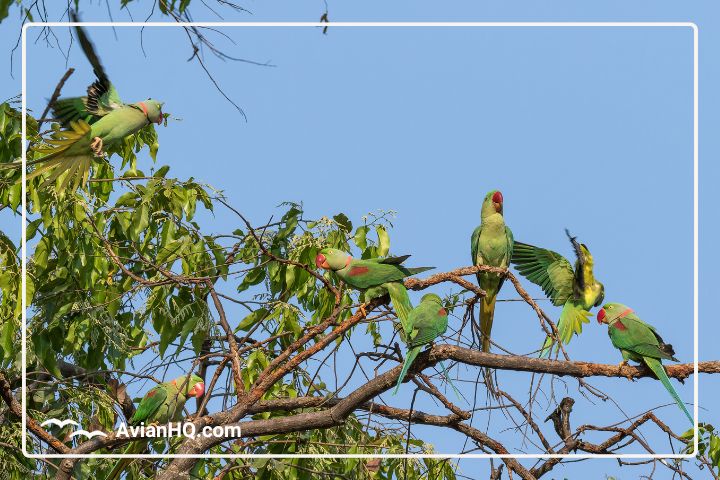
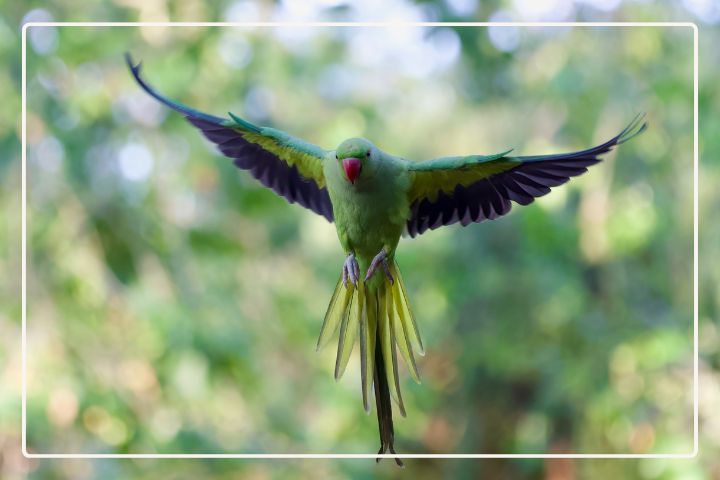

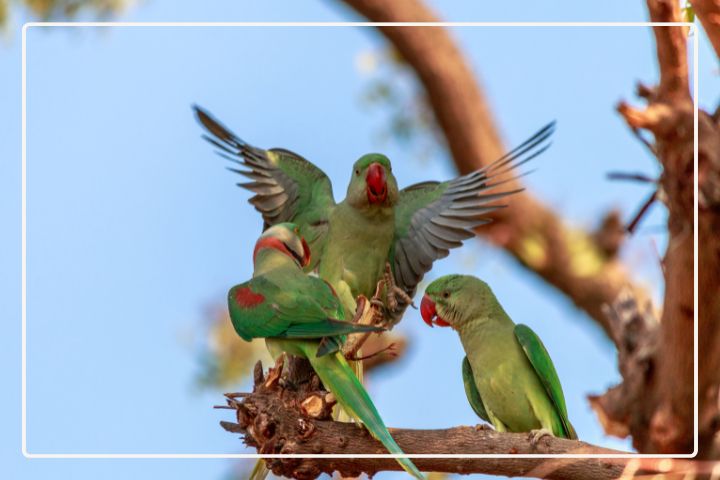
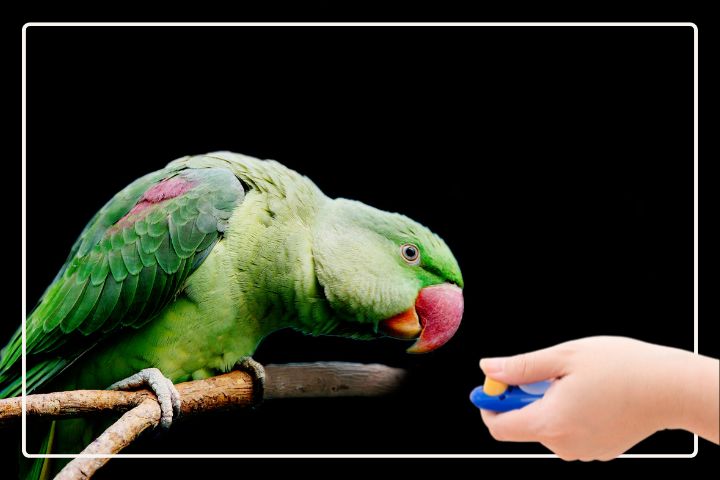
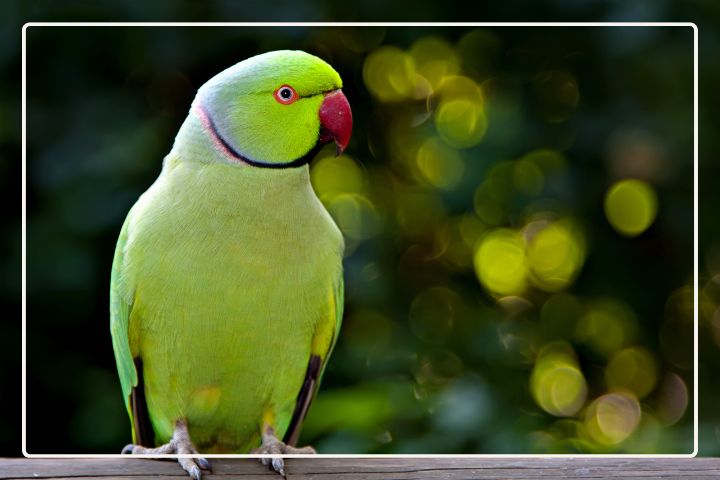
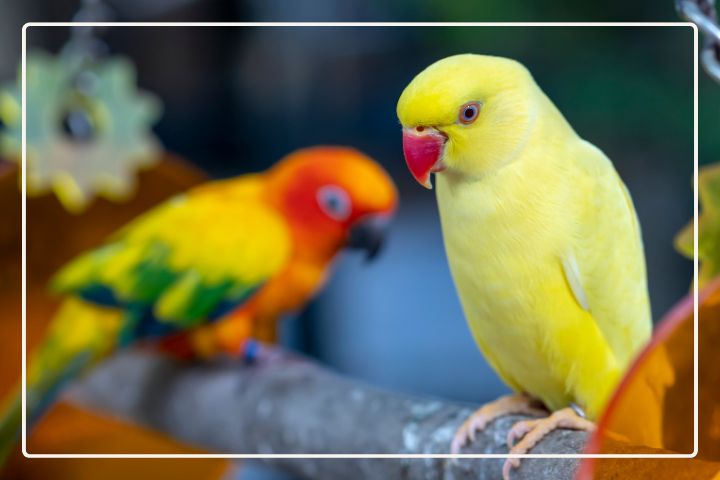
Tell to me, please – where I can find more information on this question?